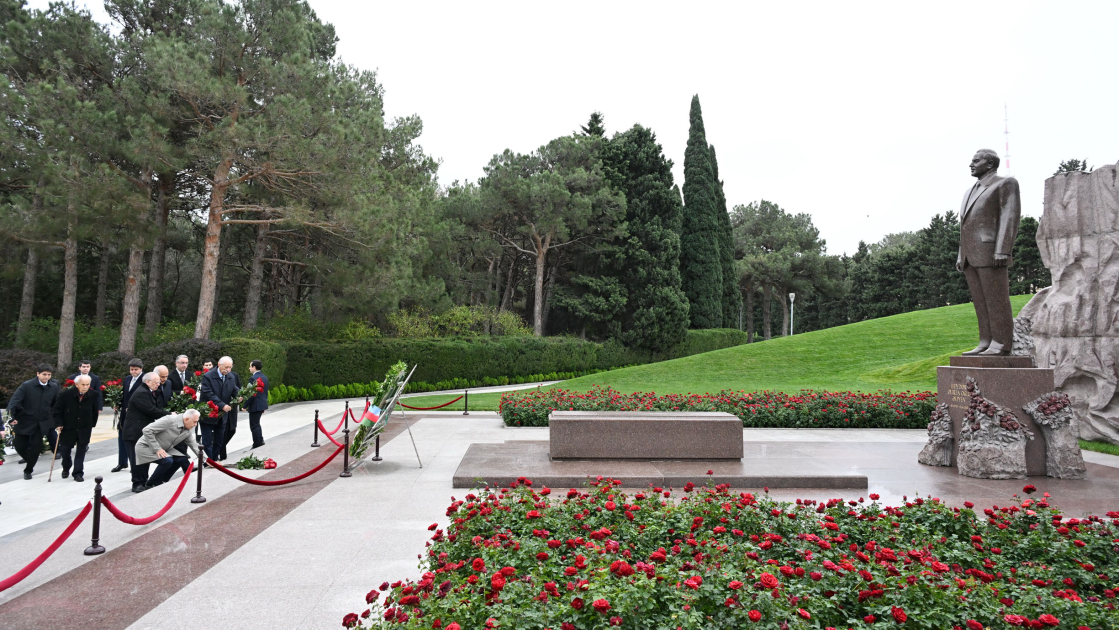ByGALI WEINREB/GLOBES/TNS
Discover how coordination exercises could slow aging by improving organ communication, according to new research.
Are exercises to improve coordination the next anti-aging thing? New research from the University of Haifa raises this possibility as one of the future ways of intervening in the body’s aging process. The research reveals a previously unrecognized aging mechanism and proposes ways of measuring it.
The body functions like an orchestra
Until now, aging research has examined each organ in the body, at the cell level and at the level of the organ as a whole, on the assumption that the aging of all the organs ultimately amounts to the aging of the body. A subject somewhat neglected has been the communication between the organs and its impact on aging. That neglect has now been corrected.
“We found that each of our organs is like a musical instrument, and that when they are coordinated and play together like an orchestra, they produce a tune that represents our health,” says Dr. Judith Somekh, a senior lecturer in the Department of Information Systems of the Faculty of Social Sciences at the University of Haifa. “We saw that when the synchronization between the organs declines, that is to say that the organs communicate less well with one another, and when processes within the organs are less coordinated and they respond in a less coordinated way to stimulation from the environment, the result is aging phenomena.”
Why seniors are rushing to get this Internet box – here’s why!Sponsored by Smart Wifi
Sloth Shows Up Daily — But Look What’s Behind HerThey thought it was cute… until they saw what she was protecting.Sponsored by Tips and Tricks
Find the Best Broadband Deals and Start Saving Money NowSponsored by This is Money
An illustrative image of elderly Israelis. (credit: NATI SHOHAT/FLASH90)
The research is the fruit of collaboration between Somekh, Shaked Briller, a data science and machine learning researcher at the University of Haifa, Prof. Gil Atzmon, a faculty member in Epigenetics and Genomics in the university’s Faculty of Natural Sciences, and researchers Dr. Gil Ben David and Yam Amir. Their research was recently published by the periodical Scientific Reports, of the Nature group, in a paper titled “A computational framework for detecting inter-tissue gene-expression coordination changes with aging.”
The researchers based their study on an extensive and unique database of cell samples from different body tissues. In this specific study, they examined brain, muscle, and fat tissue, and mapped the levels of RNA in their cells. RNA levels represent the degree of expression of various genes in the cells.
The research team then developed algorithms that would represent the connections between the levels of RNA in each organ and those in the other organs, to see whether the RNA levels were coordinated not just within the organs but also between them. “This is data-heavy research that could not have been carried out were it not for the technologies that have been developed in the past few years,” Somekh says.
A few months before the publication of the research led by Somekh and Atzmon, an article was published that showed that different body tissues age at different rates. The brain, muscles, and fat can each have a different biological age, according to accepted biological clocks. But the Somekh and Atzmon team’s findings demonstrate that our organs are not really independent.
Our peak age
“What we see is that when the body is young and healthy, there is a high degree of coordination between the organs,” says Atzmon, adding that we are at peak coordination and peak functioning between the ages of about 25 and 30. “This synchronization basically keeps weakening with age, but even when it is weakened, we see that the organs try very hard. They communicate with one another and try to do everything possible in order to synchronize, so as to slow the process of deterioration and perhaps even restore what has been lost, but with limited success. Biology always has an expiry date.”
China to triple organ harvesting of detained Uyghur, experts warn Uyghur organizations have continued to campaign for answers on where missing community leaders are.JPost - international
Remembering Lia van Leer, queen of Israeli cinemaShe was brilliant, visionary, charming, hardworking, funny, ambitious, extremely cultured, demanding, and imperious, so it’s no accident that she was eulogized by many as the queen of Israeli cinema.Jpost - Israel News
How is the synchronization in the body manifested, and what are the signs that it is weakening?
Somekh: “We see several kinds of processes. For example, at a young age, we see synchronization in the cell life cycle even in organs that are far apart from one another. At an older age, this synchronization declines. In addition, as we get older, there is a phenomenon of cellular senescence, a situation in which cells cease to replicate. This phenomenon occurs less frequently when we are young than when we are old; however, for our purposes, it is important to note that at a young age, this process is synchronized across different tissues. Later, as we age, the synchronization declines, and each organ develops a unique pattern. There is also a decline in synchronization in the response to external stimulation. As we get older, our response to these signals weakens, but in addition, it weakens more in some organs than in others.”
According to the study, there is one system in which the process is the reverse: the immune system. Inflammatory responses, considered a part of the aging process, actually become more coordinated between different organs as we get older.
How will we feel the decline in the general synchronization between the organs?
Somekh: “If your brain sends a signal to your leg, it will respond less. Digestion, too, for example, will function less well. There will be a decline in hormonal communication, a decline in communication connected to replacement of substances.”
And if we improve the communication, can we slow or reverse the aging process?
Somekh: “On the face of it, yes. We showed in the article that communication between the brain and the muscles declines with age. So perhaps coordination exercises between the brain and the muscles will improve that communication. For the time being, that’s only a hypothesis.”
Atzmon: “The brain is the organ that is the orchestral conductor of synchronization in the body, so challenging the brain could perhaps improve the functioning of all the body’s systems.”
By means of the algorithms that the researchers developed, they also managed to understand the communication channels between the organs that deteriorate on the way to the loss of synchronization. “In our article, we mapped biological systems and specific genes whose communication weakens, and it may perhaps be possible to intervene in these mechanisms and improve them,” says Somekh.
Even before intervention, there may be an improvement in diagnosis. “Mapping of the communication between organs might yield a new sign that can be used to identify biological aging, a sign that was unknown before,” she says.
“It will take time before we can really produce a new type of biological clock from this information,” Atzmon cautions. “It will take a lot of work in Judith’s laboratory, with a great deal of data and a great deal of computing time.”
What’s the next step in your research?
Somekh: “We think that processes of lack of synchronization could be happening not just with age, but also in diseases. We therefore want to research this phenomenon in various diseases.” (Globes/TNS)
Advertisement


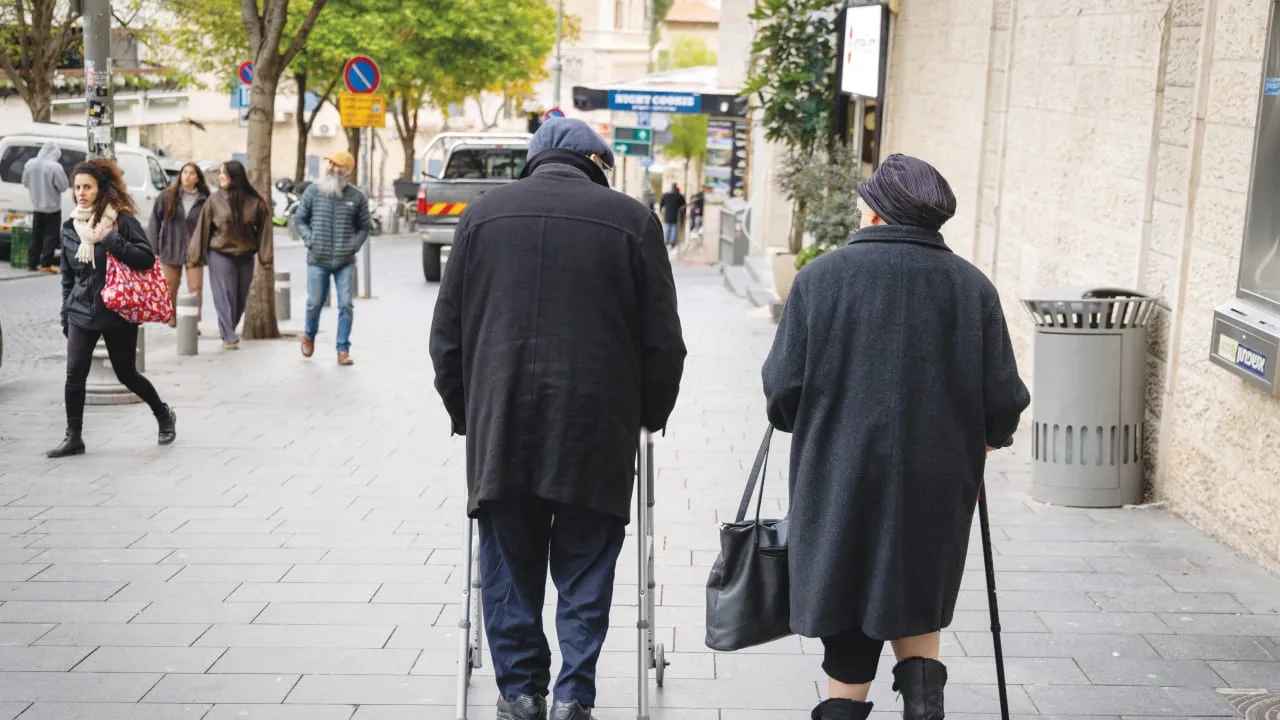

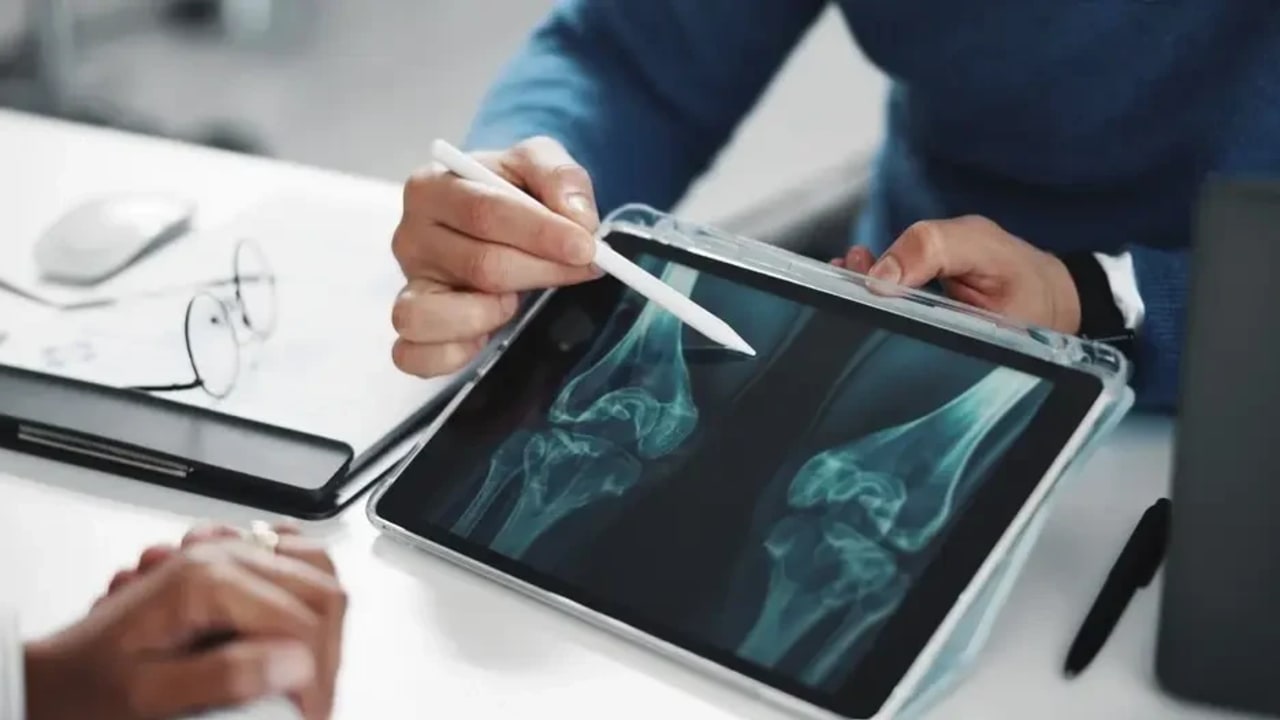




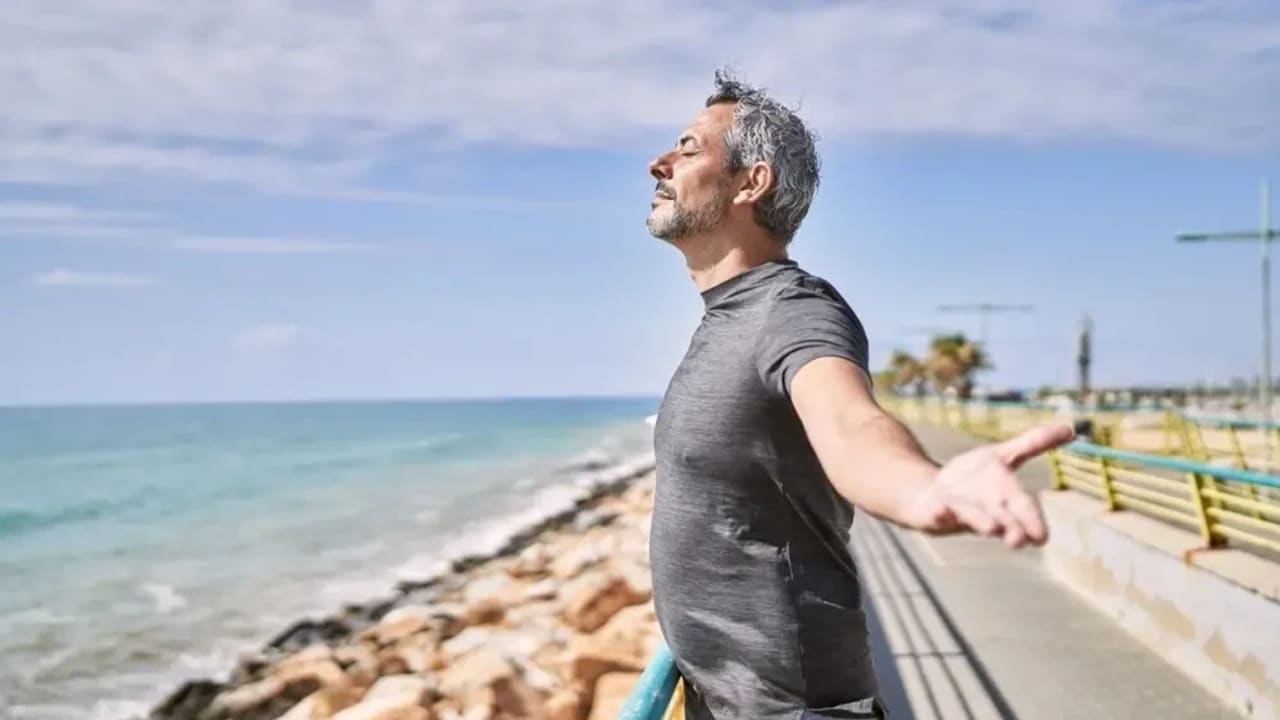


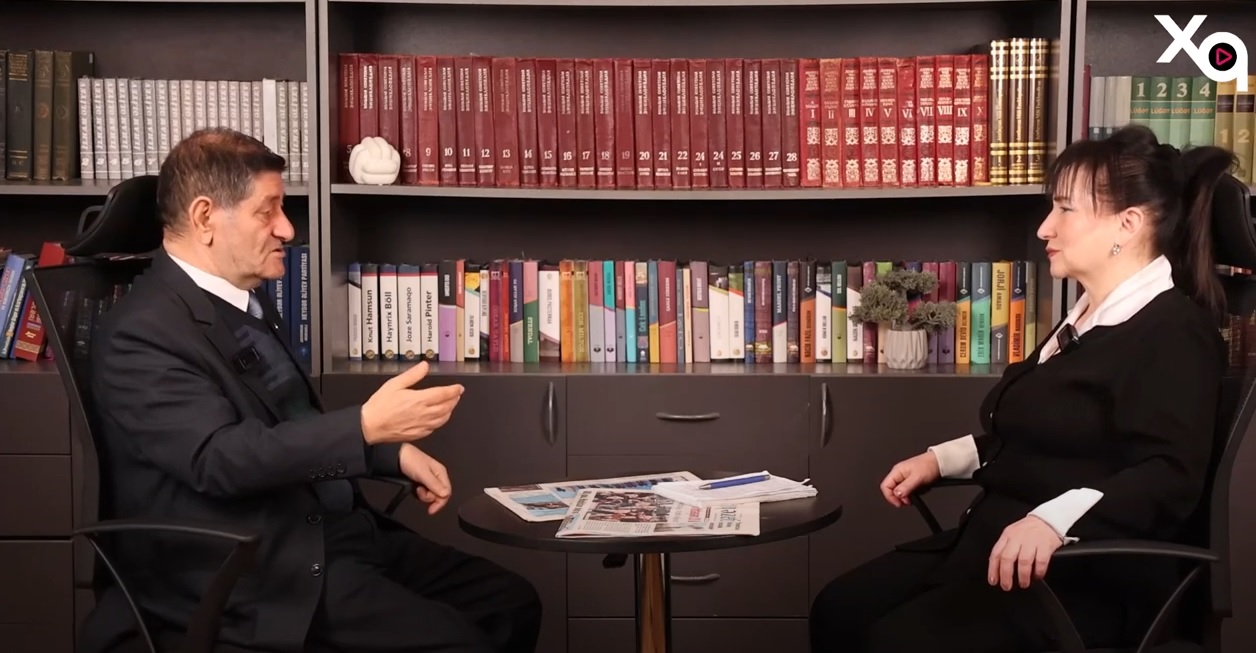
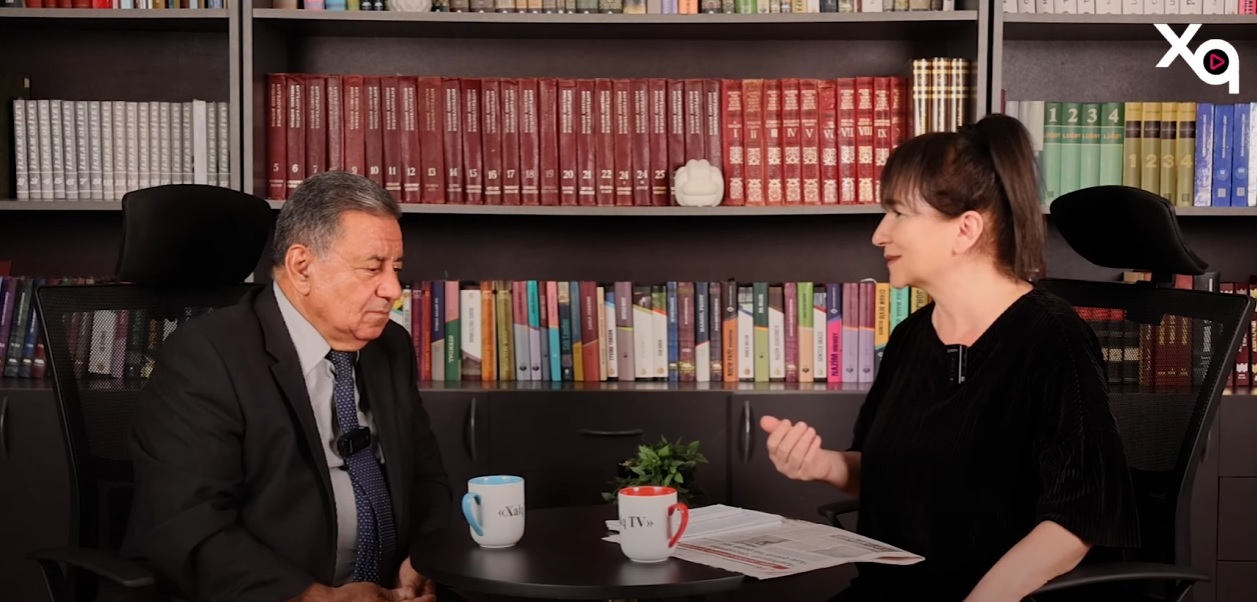


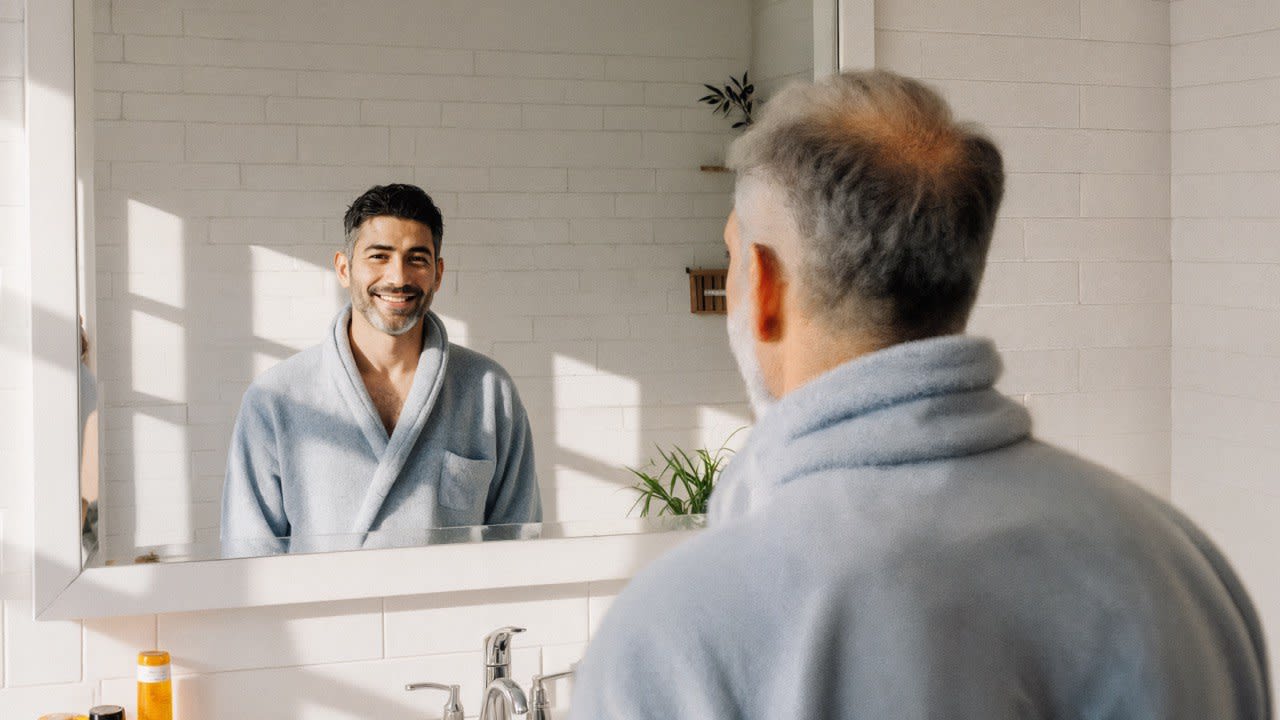
.jpg)

